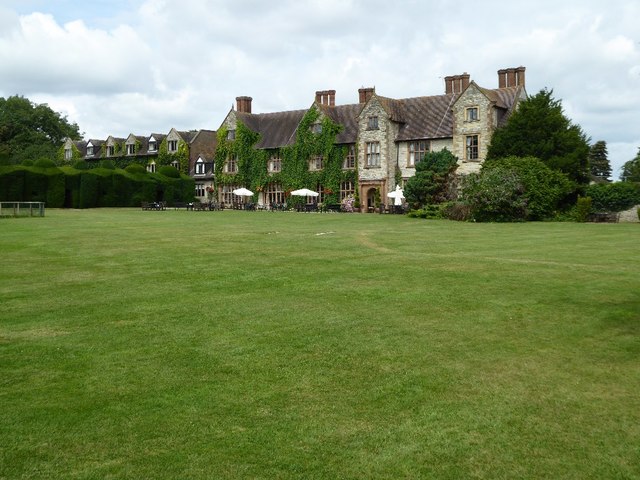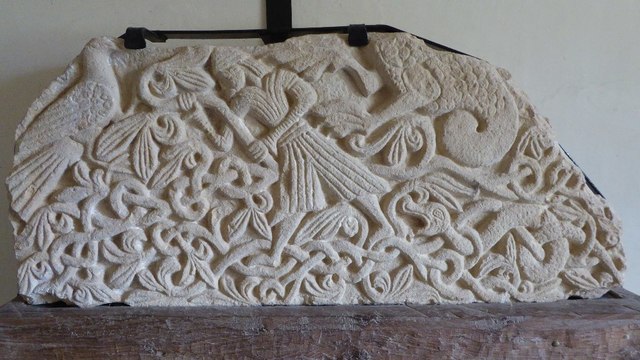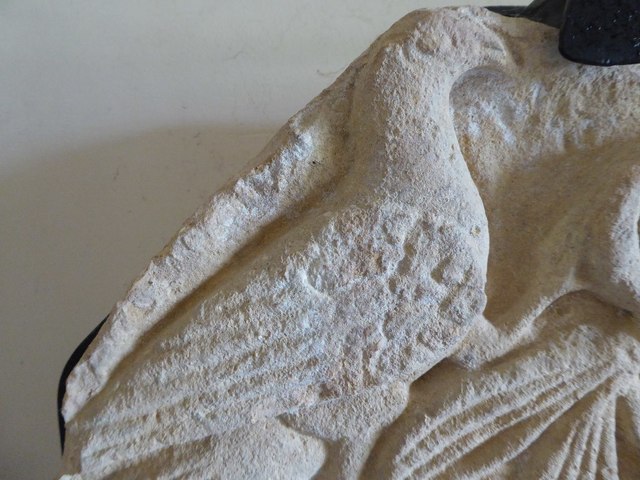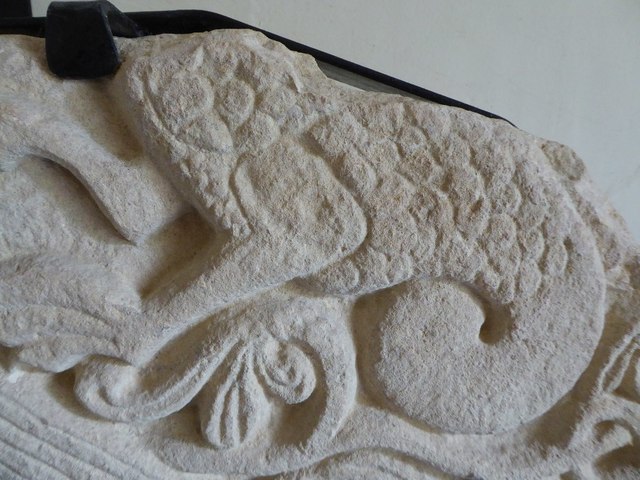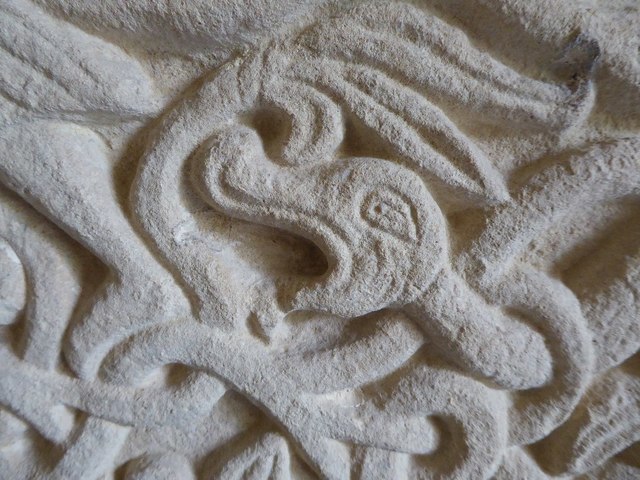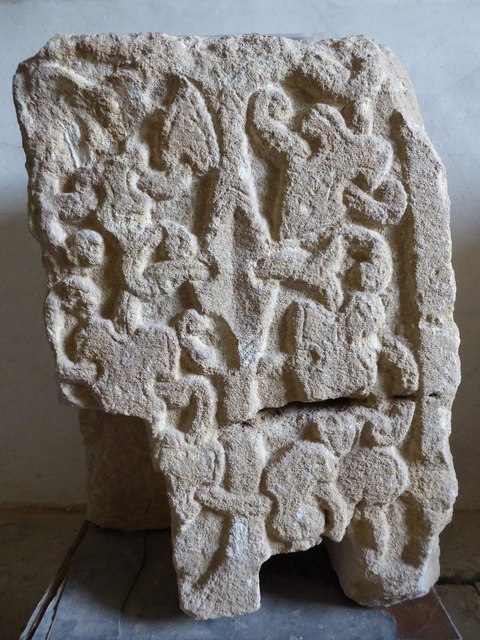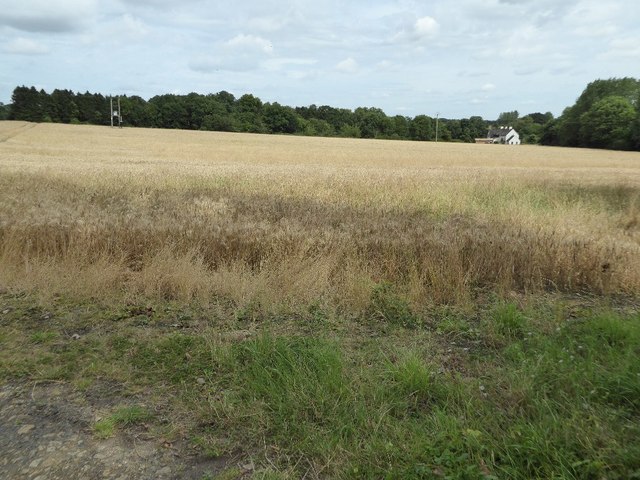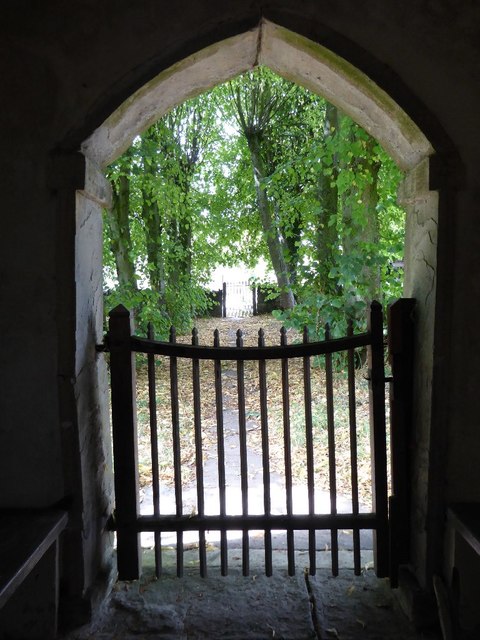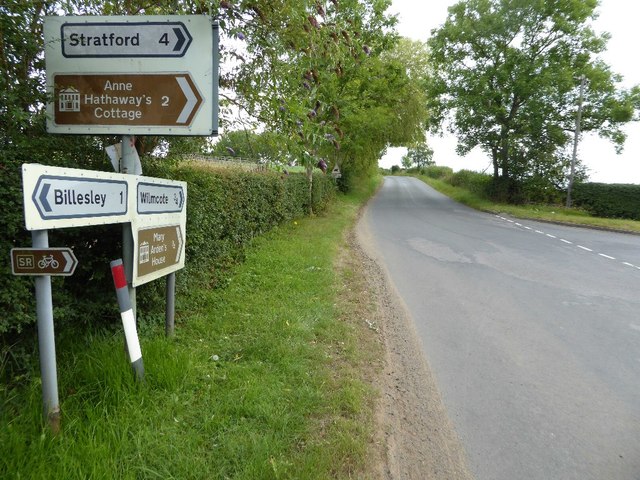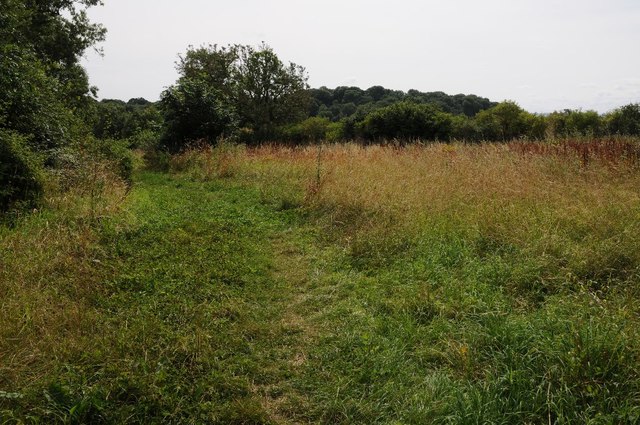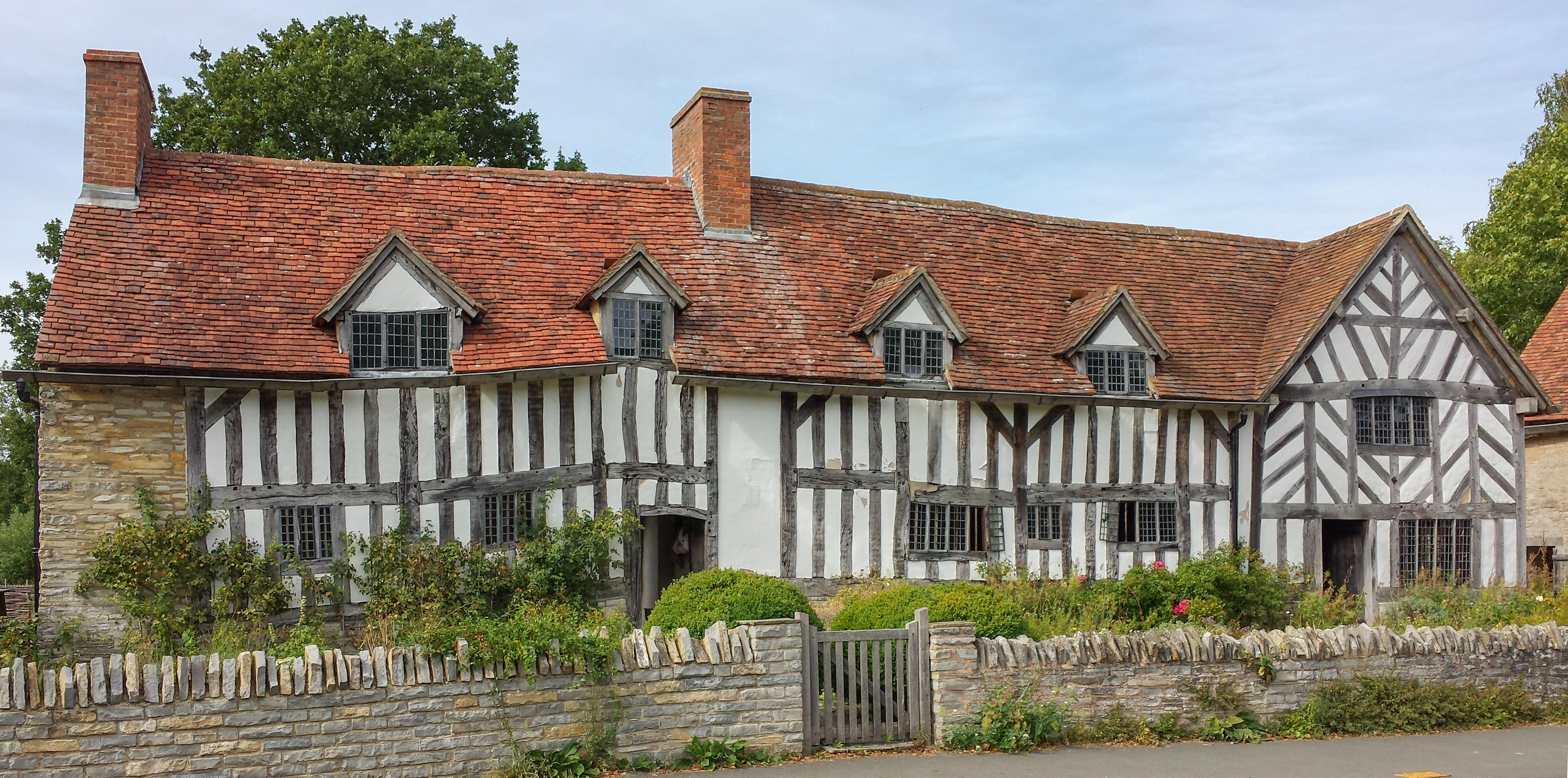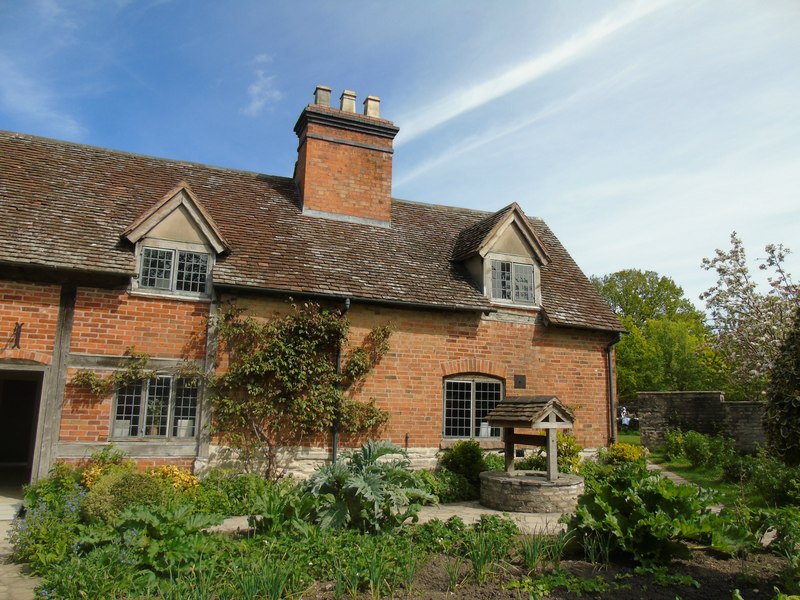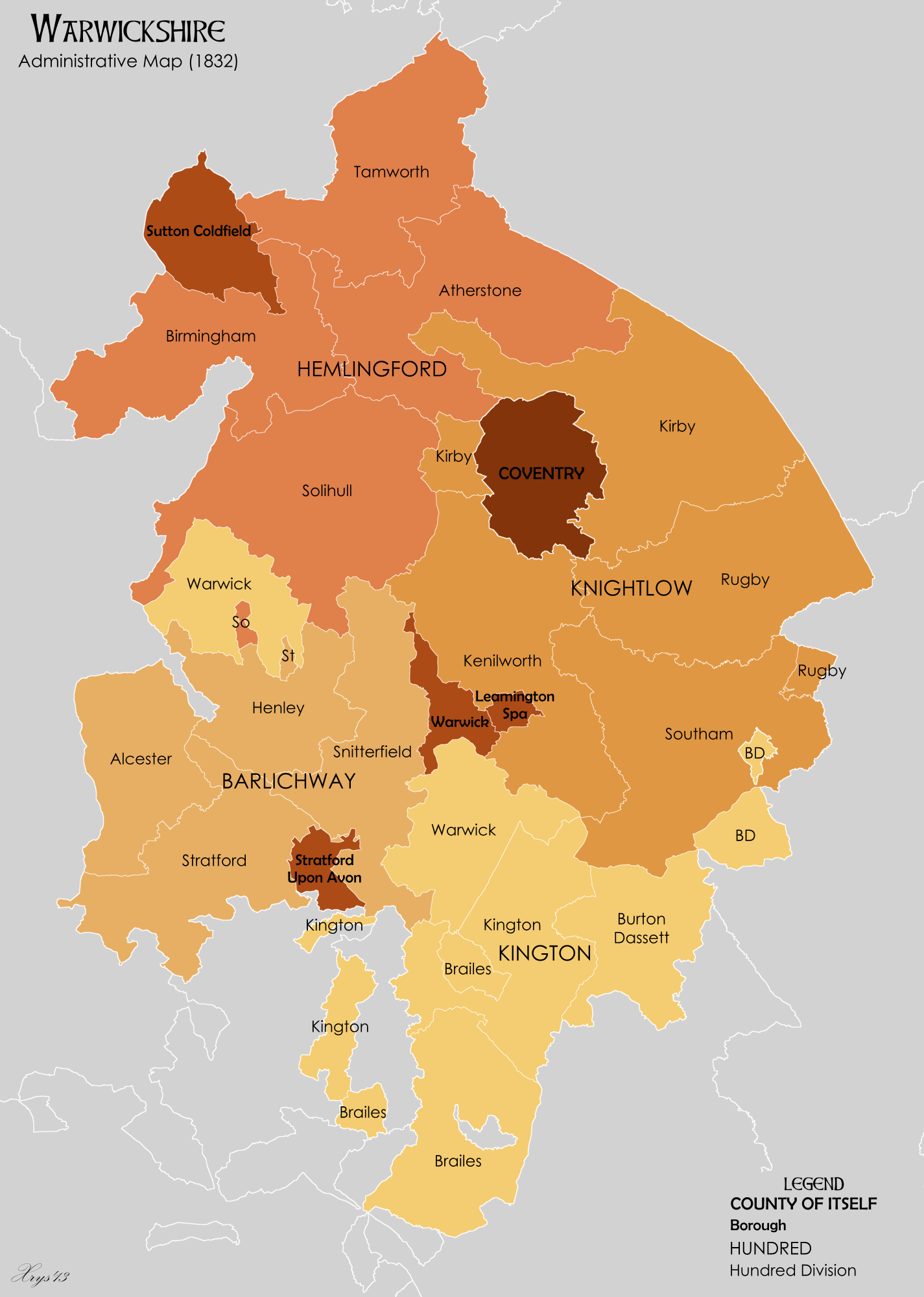Aston Grove
Wood, Forest in Warwickshire Stratford-on-Avon
England
Aston Grove
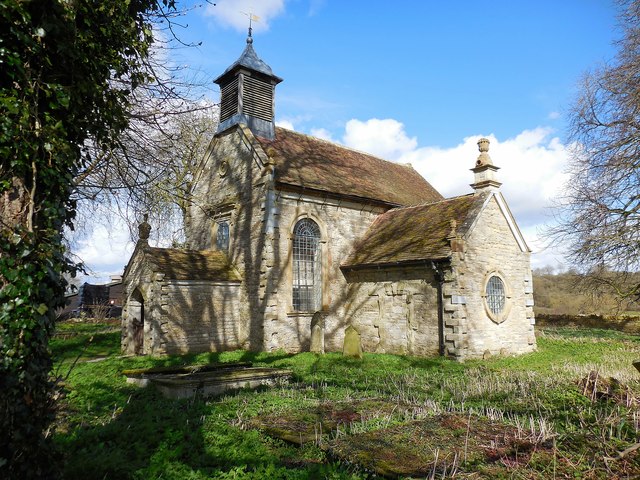
Aston Grove, located in Warwickshire, England, is a beautiful woodland area renowned for its picturesque scenery and diverse range of flora and fauna. Covering an expansive area, the grove is a popular destination for nature lovers and outdoor enthusiasts alike.
The woodland is primarily composed of native British trees, including oak, beech, and birch, which create a striking canopy of greenery. Aston Grove is also home to a variety of wildflowers, adding vibrant pops of color to the landscape during the spring and summer months.
The grove offers numerous walking trails, allowing visitors to explore its natural beauty at their own pace. These paths wind through the forest, providing glimpses of enchanting ponds and streams, which are frequented by local wildlife such as deer, squirrels, and a wide range of bird species. The tranquility of Aston Grove also makes it an ideal spot for birdwatching.
In addition to its natural charm, Aston Grove is steeped in history. The area is believed to have been inhabited for centuries, with evidence of Iron Age settlements discovered nearby. The grove also holds remnants of medieval structures, adding an element of historical intrigue to the surroundings.
Overall, Aston Grove in Warwickshire is a captivating woodland destination that offers a unique blend of natural beauty and cultural heritage. Whether visitors seek a peaceful stroll, a chance to observe wildlife, or an opportunity to immerse themselves in history, Aston Grove is sure to provide an unforgettable experience.
If you have any feedback on the listing, please let us know in the comments section below.
Aston Grove Images
Images are sourced within 2km of 52.220525/-1.7940109 or Grid Reference SP1458. Thanks to Geograph Open Source API. All images are credited.
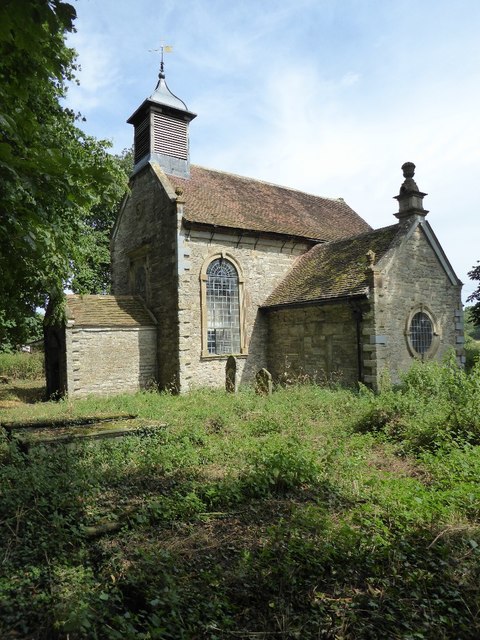
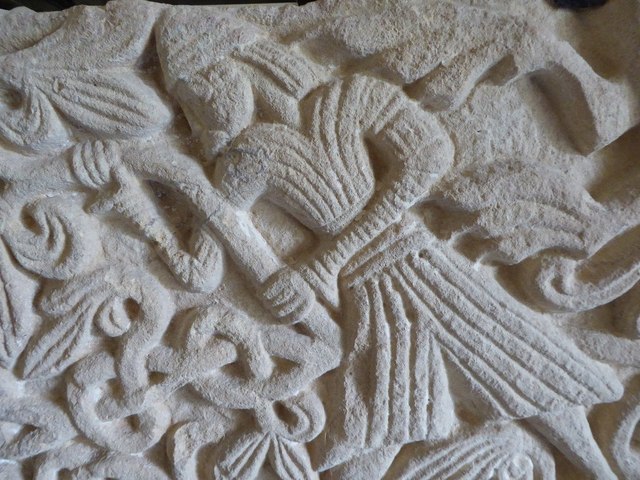
Aston Grove is located at Grid Ref: SP1458 (Lat: 52.220525, Lng: -1.7940109)
Administrative County: Warwickshire
District: Stratford-on-Avon
Police Authority: Warwickshire
What 3 Words
///workloads.quack.spillage. Near Wilmcote, Warwickshire
Nearby Locations
Related Wikis
All Saints Church, Billesley
All Saints Church is a redundant Anglican church in the village of Billesley, Warwickshire, England. It is recorded in the National Heritage List for...
Walcote, Warwickshire
Walcote is a small village in Warwickshire, England, one mile south of the Ancient Roman market town of Alcester. It consists of just seventeen dwellings...
Aston Cantlow
Aston Cantlow is a village in Warwickshire, England, on the River Alne 5 miles (8.0 km) north-west of Stratford-upon-Avon and 2 miles (3.2 km) north-west...
Upton, Warwickshire
Upton is a village in south-west Warwickshire, England. It is just off the A46, between Alcester and Stratford-upon-Avon, about a mile east of Alcester...
Haselor
Haselor is a village in Warwickshire. It is by the River Alne, about one mile east of Alcester just off the A46 main road to Stratford-upon-Avon. The...
Wilmcote
Wilmcote is a village, and since 2004 a separate civil parish, in the English county of Warwickshire, about 3 miles (5 km) north of Stratford-upon-Avon...
Mary Arden's Farm
Mary Arden's Farm, also known as Mary Arden's House, is the farmhouse of Mary Shakespeare (née Arden), the mother of Elizabethan playwright William Shakespeare...
Barlichway Hundred
Barlichway Hundred or Barlinchway Hundred was a historic hundred of the county of Warwickshire in England. It covered the west of the county, including...
Nearby Amenities
Located within 500m of 52.220525,-1.7940109Have you been to Aston Grove?
Leave your review of Aston Grove below (or comments, questions and feedback).
